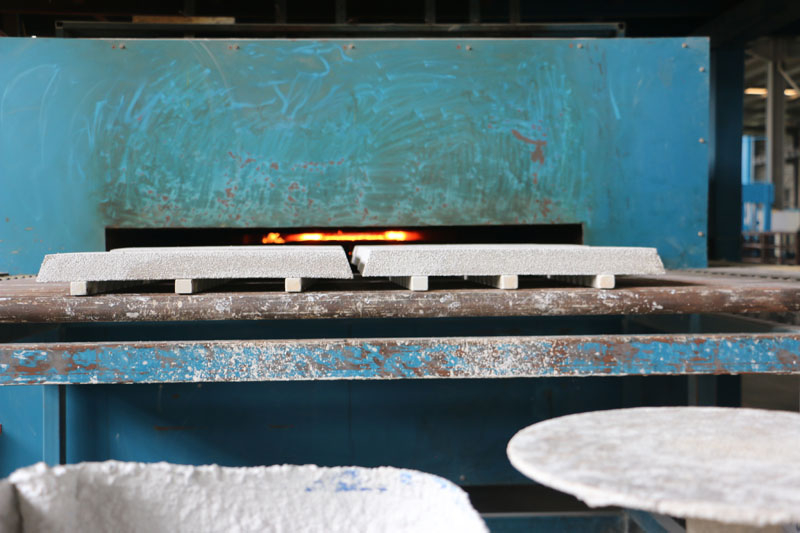
07 6月 Aluminium Alloy ceramic filter
Aluminium Scrap Melting Ceramic Filter is a commonly used element in aluminum ingot casting, used to filter solid impurities entrained in aluminum melt. It has an open-cell structure and a plurality of interconnected voids surrounded by a ceramic fiber mesh. The porous structure of the filter helps to filter the molten metal. The molten metal is poured into a Ceramic Filter For Foundry to remove solids entrained from the molten metal.
The Aluminium Scrap Melting Ceramic Filter is made of open-pore hydrophilic flexible foam material, and multiple interconnected voids are surrounded by a flexible foam material net. Typical materials that can be used include polymer foams such as polyurethane foams and cellulosic foams. Generally speaking, any combustible organic foam can be used as long as it has elasticity and the ability to restore its original shape. The foam must be burned or volatilized below the firing temperature of the ceramic material.
Molten aluminum usually contains entrained solids, which are harmful to the final cast metal product. These entrained solids usually come from three sources. Some are alumina particles, and the floating oxide layer on the surface sucks them into the liquid stream. Some of the entrained particles are fragments of parts such as the furnace lining and conveying trough of the aluminum melting processing equipment, which are eroded and entrained in the furnace. In the flowing aluminum stream, some particles are the precipitation of insoluble impurities, such as the precipitation of intermetallic compounds, borides, carbides, or other aluminum compounds (such as chloride). When these impurities appear in the final casting after the molten aluminum has solidified, they can cause the ductility of the final product to decrease or the finishing characteristics of the final product to deteriorate. Therefore, before casting the molten aluminum stream into a solid, it is best to remove the entrained solid from the molten aluminum stream, and the solid can be directly used or subjected to forming operations, such as rolling, forging, extrusion, and the like.

Compared with other metal materials, aluminum alloy has the following characteristics
1. Low density: The density of aluminum alloy is close to 2.7 g/cm3, which is about 1/3 of copper.
2. High strength: Aluminum alloy has high strength. After a certain degree of cold working, the strength of the matrix can be strengthened, and some grades of aluminum alloys can also be strengthened by heat treatment.
3. Good electrical and thermal conductivity: Aluminum’s electrical and thermal conductivity is second only to silver, copper and gold.
4. Good corrosion resistance: The aluminum surface is easy to naturally produce a dense and firm AL2O3 protective film, which can well protect the substrate from corrosion. Through artificial anodic oxidation and coloring, cast aluminum alloy with good casting performance or deformed aluminum alloy with good processing plasticity can be obtained.
5. Easy processing: After adding certain alloying elements, cast aluminum alloy with good casting performance or deformed aluminum alloy with good processing plasticity can be obtained.


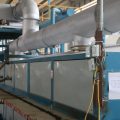
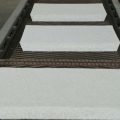
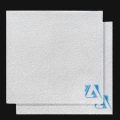
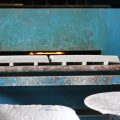
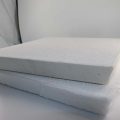
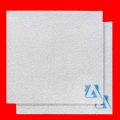
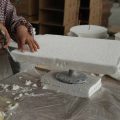
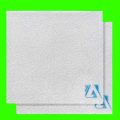
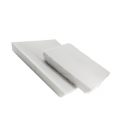

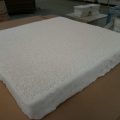
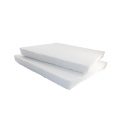
No Comments